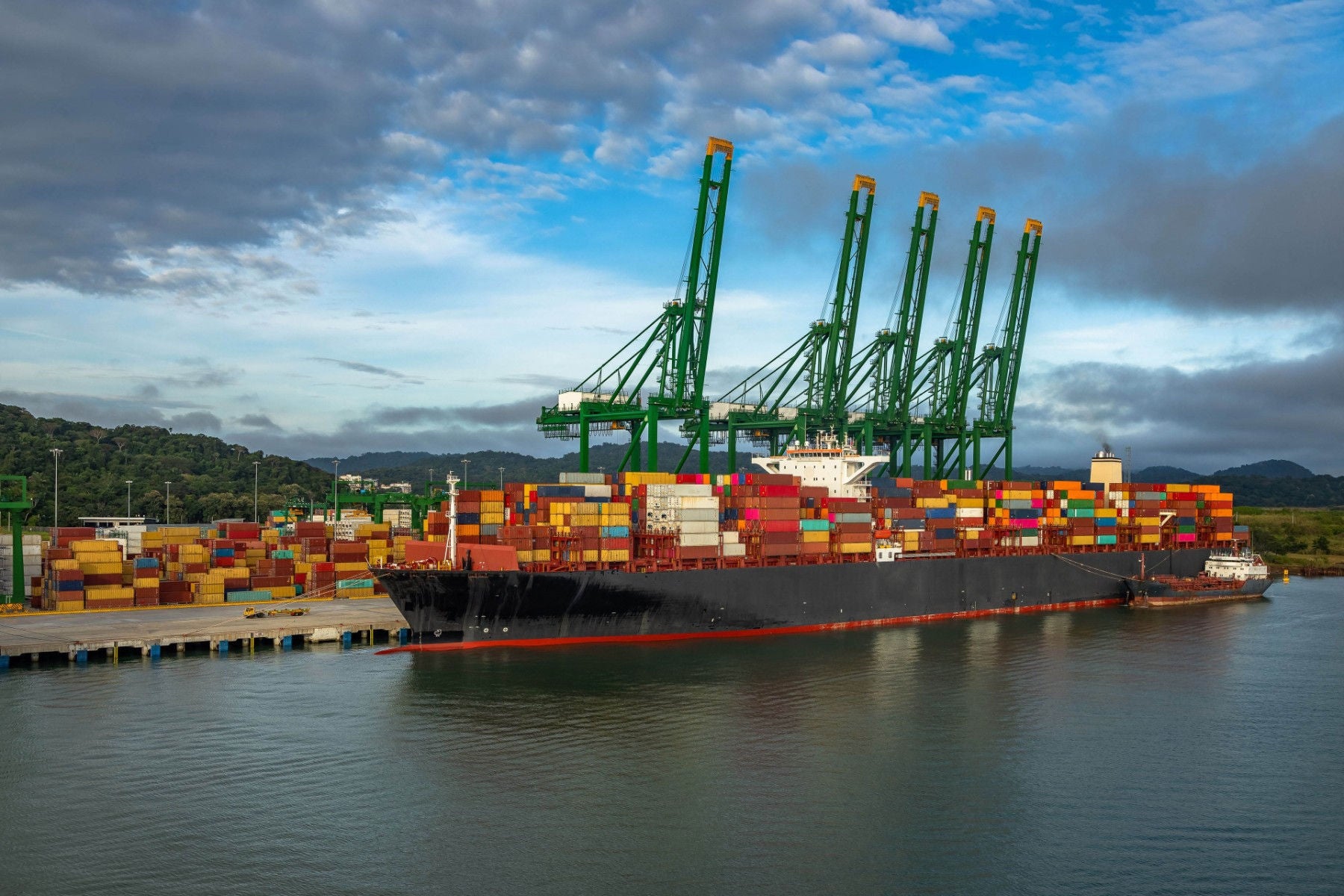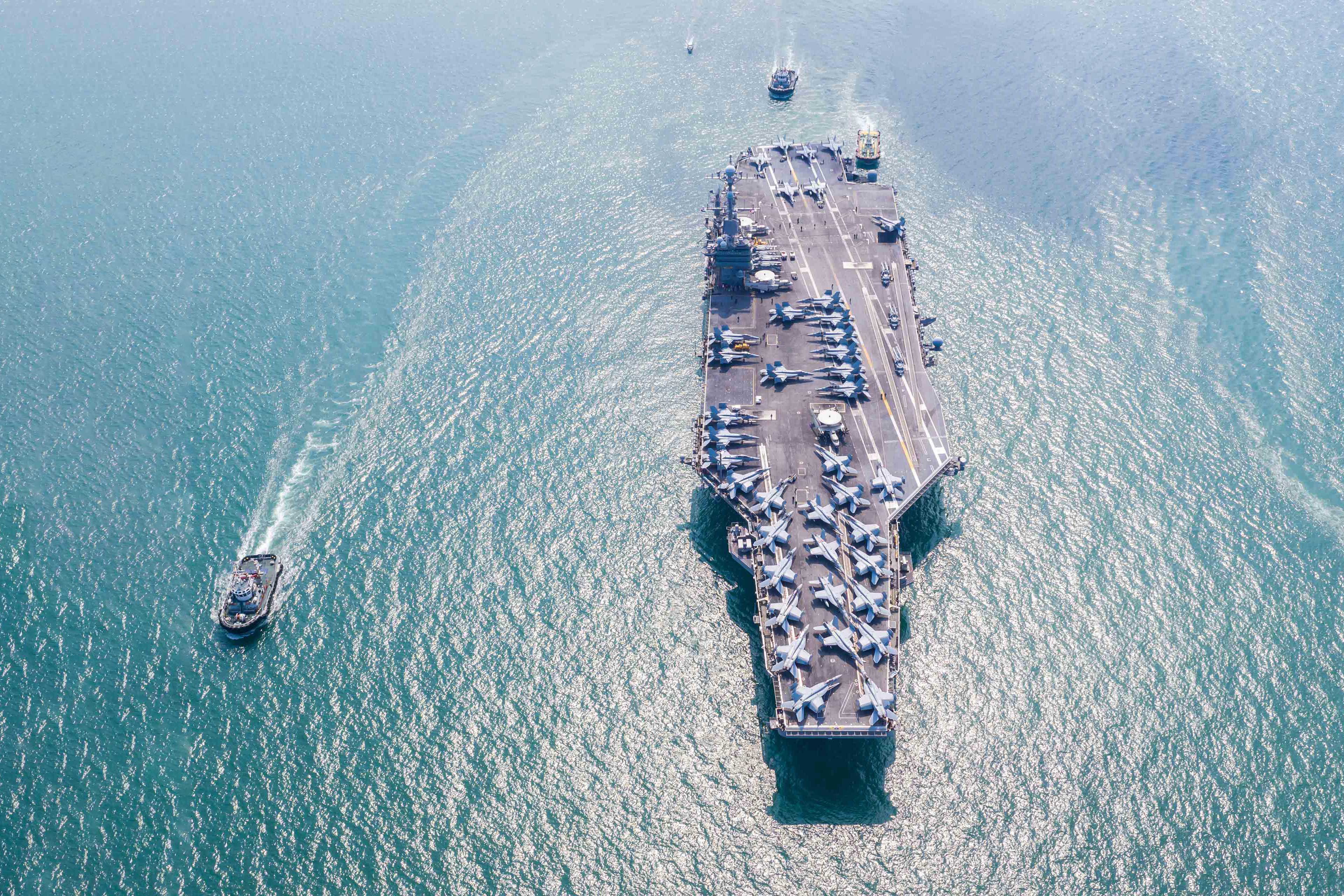3. Predict real-time supply needs and create surge capacity.
By knowing what is needed when and where, AI can advance predictive logistics and execute preplanned push logistics.
Commercial industrial supply chain resiliency was lacking at the height of the COVID-19 pandemic, which resulted in lessons in U.S. Navy supply chain readiness. During supply surges in conflict, when cybersecurity breaches could disrupt the supply chain, the Navy of the future needs the ability to mobilize supply production at any location, especially in the context of great power competition.
The use of Industry 4.0 technology enablers at scale can deliver data-driven insights to commanders and wrench turners alike. In addition to forecasting with AI and machine learning, this can include predictive maintenance and other applications:
- Predictive logistics: Using machine learning, internet of things data, natural language processing and advanced analytics to help drive and operate the system in a more autonomous mode
- Process optimization: Business process reengineering and modernization, which can drive fundamental change, rather than applying incremental improvement with new systems
There are also lessons to learn from the US government and private industry coordination of medical supply chains and logistics at the height of the COVID-19 pandemic. The problem: critical medical supplies were largely produced outside the United States. After initial medical supply inventories were exhausted, there was no ability to quickly expand production to meet the need. The critical lesson was that you can’t immediately surge what you don’t have, even with the Defense Production Act (DPA). The nation had limited visibility on medical supply production, lacked surge contracts and lacked data infrastructure to augment visibility on everything from raw materials to alternative sources. However, with private commercial supply data combined with government COVID infection statistics, shipments eventually could be distributed quickly and equitably. The lessons showcase that military supply chain leaders can get ahead of the next challenge and collaborate with the private sector, and illustrate the need for greater DoD agility. A contested logistics situation would be even more difficult than the COVID-19 pressures on labor, materials sourcing, production and delivery.
4. Be prepared to maintain, command and control in a contested environment
Be prepared to maintain, command and control a resilient, multinode supply chain in a contested environment, which will allow you to view the Common Operational Picture (COP) and see where everything is and how it moves.
This may require enterprise-to-edge, operationalized data from the cloud to a laptop. This can lead to a competitive advantage in conflict by providing commanders with a comprehensive logistics picture that can predict problems and prescribe supply chain solutions across the enterprise. Planning may need to go into construction of decision support tools and commercial connectivity between the DoD, commercial partners and allies. This should address adversaries’ sophisticated cyber and other strike capabilities, including kinetic bombardment and focused energy attacks. In other words, operations data and information are part of the broader logistics picture and are used to create solution sets during disruptions across the network.






